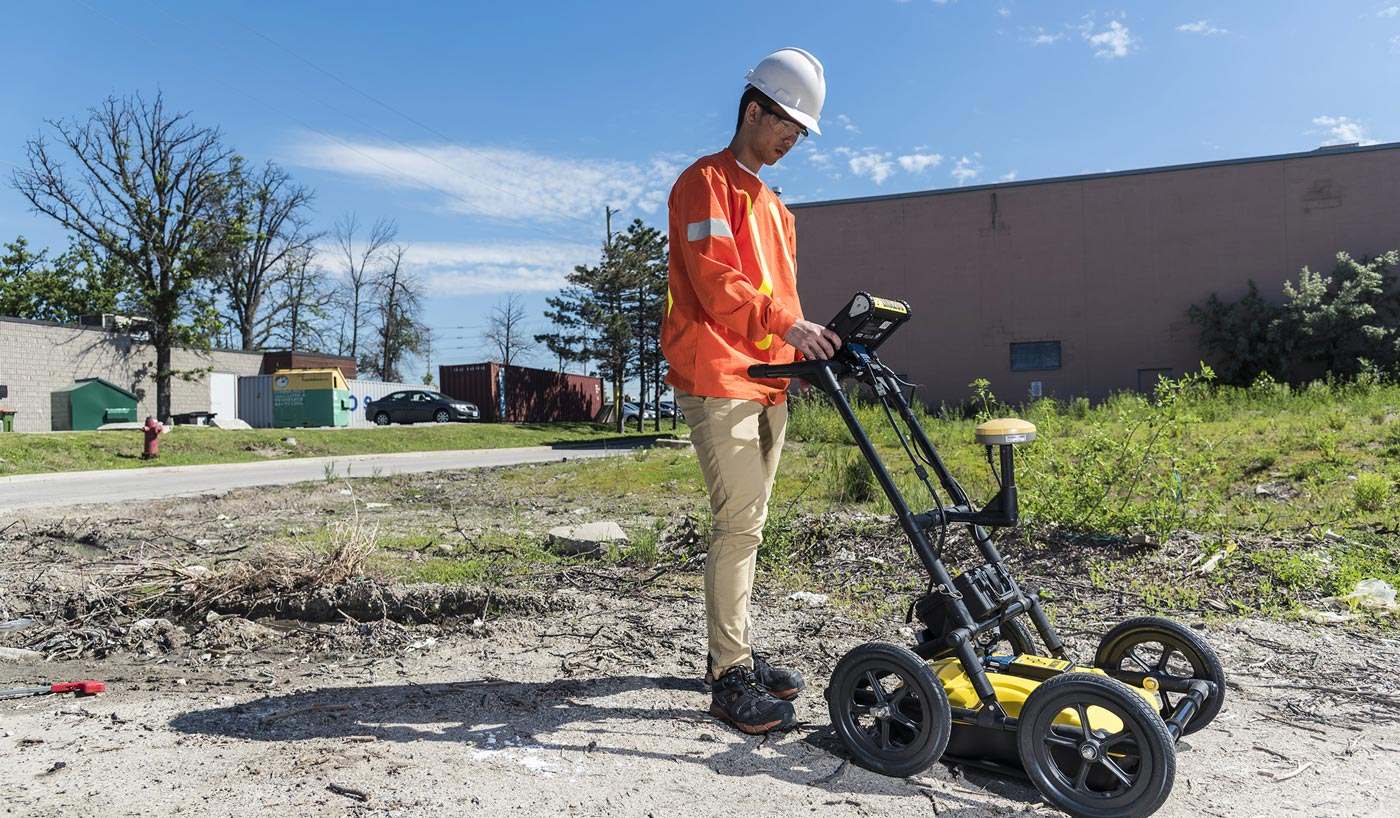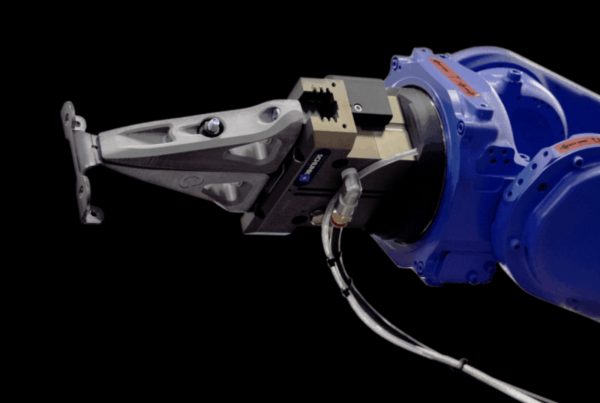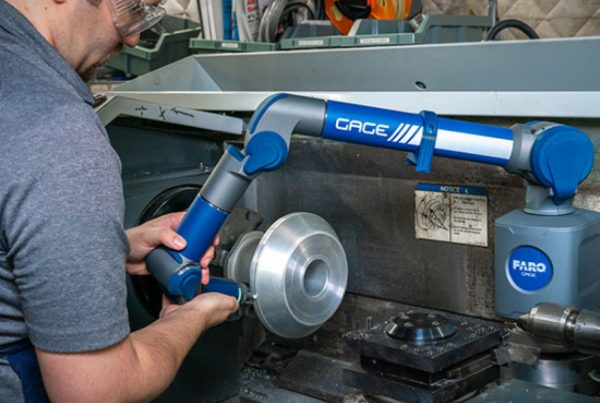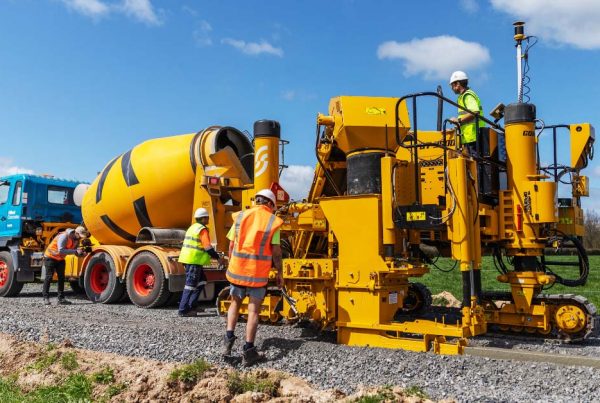Synergy appointed distributor for Sensors & Software NZ
Sustainable technology with lifecycle influence
Clean, safe, efficient, and sustainable, GPR investigations provide an opportunity to optimise cost, work schedule and environmental impact as part of built asset maintenance and upgrade schemes.
The highly mobile, remote sensing nature of the technique can substantially mitigate health and safety risks associated with the investigation of congested, trafficked or difficult-to-access locations, reducing the need to place survey personnel in high-risk environments.
Multiple applications and benefits
From rail and road infrastructure to critical energy, water distribution networks and coastal and flood defence structures, and residential, commercial and industrial sites, GPR can reduce uncertainty and add project value by:
- Providing continuous mapping to inform shallow sub-surface hazards, structural conditions and defects
- Corroborating and extracting a better understanding of other pre and post-construction data
- Targeting, rationalising and optimising intrusive physical sampling strategies (such as coring)
- Helping define a robust ground or structure model that can be used as the basis for efficient, ongoing management of asset inspection, monitoring, maintenance, and improvement through to end of service life
- Providing key structural information to inform design decisions and remediation to extend the working life of critical infrastructure.
Vital data collection for project and asset management
GPR also has the advantage of superior data processing capabilities in most cases, meaning it delivers a clearer and more accurate picture of unmarked underground utilities, structures, and reinforcing members faster.
It takes less time to do the scan and to interpret the results, meaning less interference and downtime. More importantly, you can use GPR equipment without having to shut down significant areas of the site during the test in order to get a clear picture. This gives you the information you need to help you decide how, when, and where the ideal place is to make cuts, core samples, and perform other operations without risk of damage to subsurface utilities.
Intrusive work such as coring provides only a point reading or ‘stick’ data, in contrast to GPR which fills the detail in between, picking up unseen problems and anomalies. A GPR survey allows the fast screening of large areas to identify areas of concern in order to better target and optimise intrusive work and drive sufficiency in investigation efforts.
Whether constructing on undeveloped land or on an existing developed site, there is a risk of encountering unexpected objects in the construction process. With today’s technology in Ground Penetrating Radar (GPR), this risk can generally be mitigated saving time and costs.




